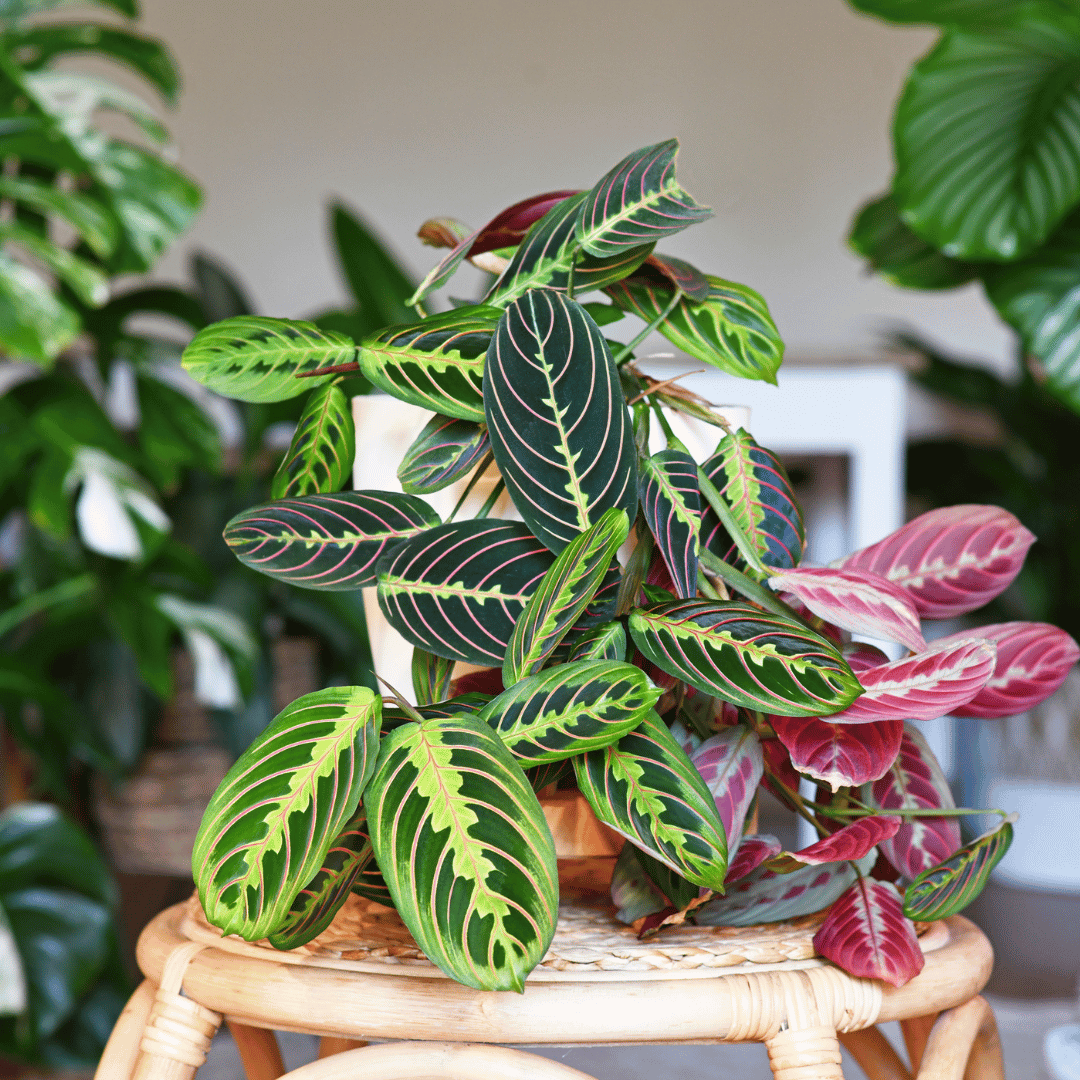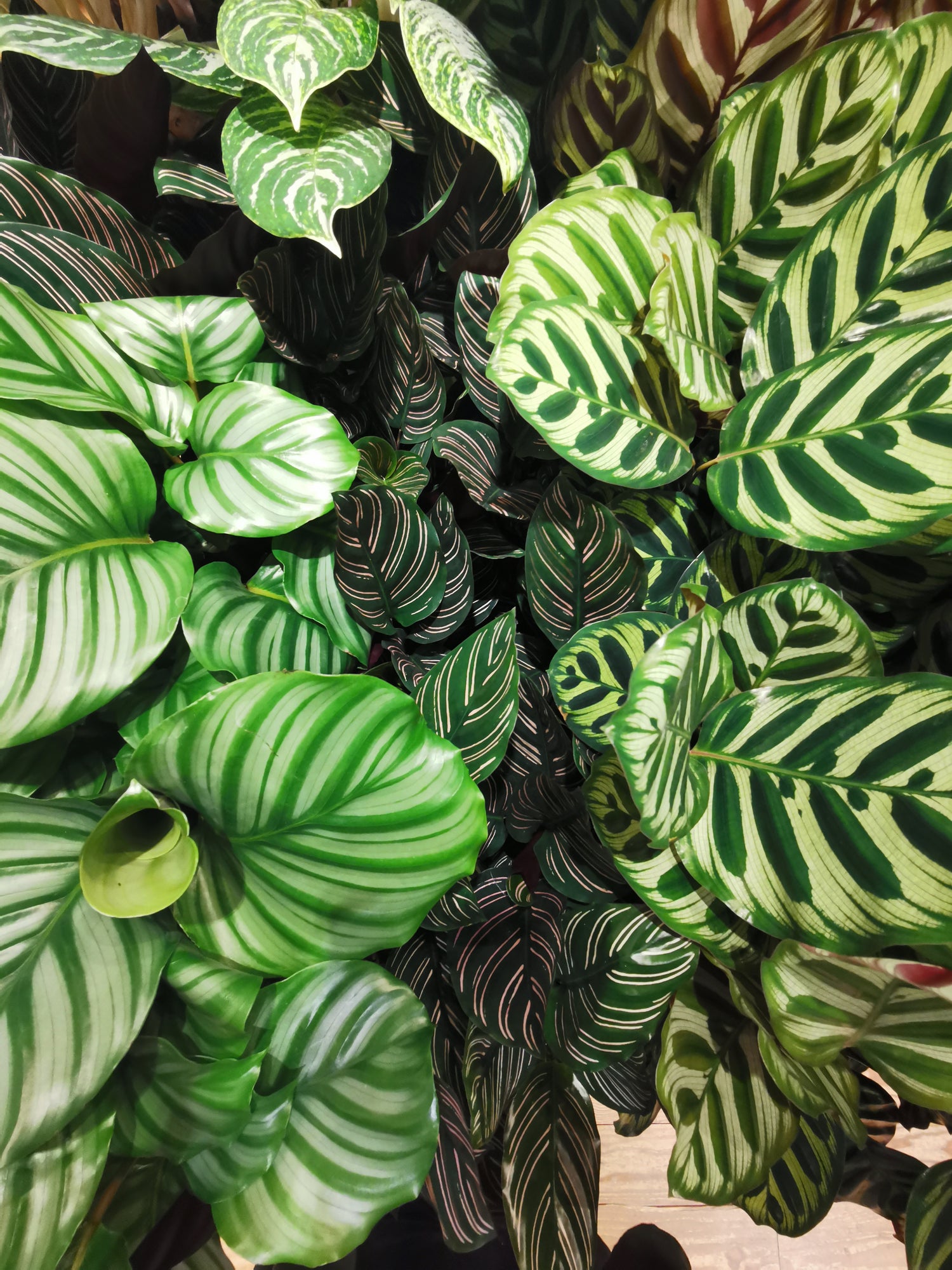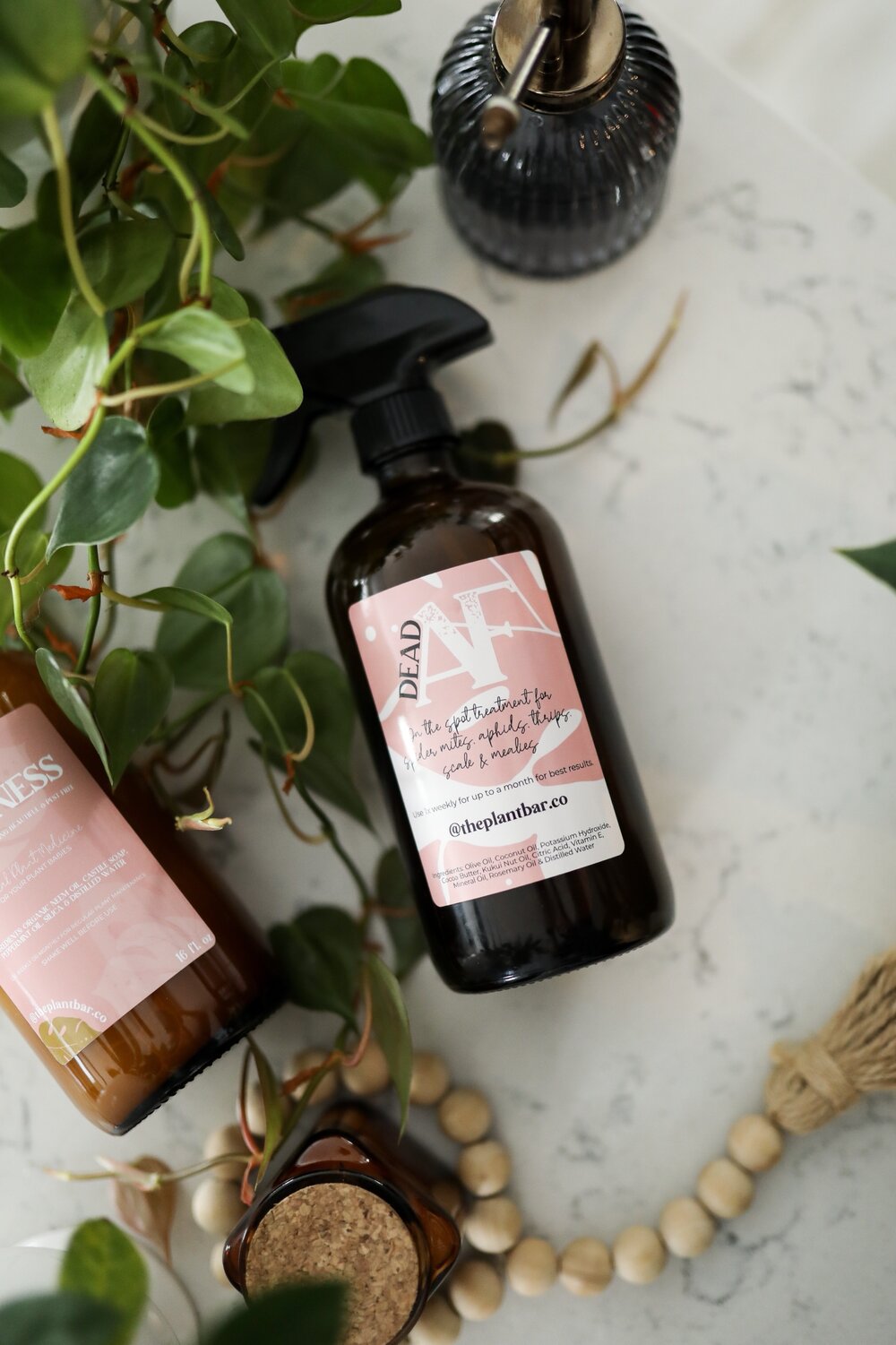Rhipsalsis
Rhipsalsis
Rated 4.9 ⭐ by 100 satisfied customers on Google
Out of stock
Couldn't load pickup availability
- Home delivery throughout Belgium.
- Collection in Leuven possible
- Airy hanging jungle plant
- Lifelong help for all your plant questions
The Rhipsalis, also known as the coral cactus or mistletoe cactus, is a unique houseplant that immediately stands out thanks to its playful, trailing habit and delicate stems. This tropical succulent is native to the rainforests of South America and is perfect for beginners: easy to care for, stylish in any interior, and also an excellent plant for hanging baskets or tall cabinets.
With its whimsical appearance and soft green hues, the Rhipsalis creates a soothing, botanical ambiance. It's ideal for those who want a touch of greenery in their home without too much fuss. Whether you're looking for a focal point in the living room or an easy-care plant for the office, the Rhipsalis is an excellent choice.
Various types of Rhipsalis (Cactaceae family)
There are many varieties within the Rhipsalis family, each with its own unique charm. Below you'll find a selection of popular varieties that you can also find in our shop:
- Rhipsalis baccifera – Fine stems with small white berries.
- Rhipsalis cassutha – One of the most famous species with a waterfall of slender tendrils.
- Rhipsalis pilocarpa – Has a slightly hairier appearance and produces small flowers.
- Rhipsalis campos-portoana – Grows compact and luxuriant.
- Rhipsalis ewaldiana – Has thicker stems, perfect for a robust look.
- Rhipsalis paradoxa – Unusual zigzag-shaped stems.
- Rhipsalis cereuscula – A compact species with spherical segments.
How to care for a Rhipsalis
The Rhipsalis is a surprisingly easy plant to care for. With a few simple tips, you can ensure it stays healthy for years to come.
Light requirements of a Rhipsalis
The Rhipsalis likes plenty of light, but not direct sunlight. Place the plant in a location where it gets bright, indirect light, such as near an east- or north-facing window. In too much sunlight, the stems may discolor or dry out.
Do you have a spot with less daylight? No problem. The Rhipsalis also thrives in partial shade, making it ideal for spaces where other houseplants struggle. Also check out our plants for shade for more inspiration.
How often do you water a Rhipsalis?
The Rhipsalis is technically a succulent, meaning it doesn't like wet feet. Always let the top layer of potting soil dry out thoroughly before watering again. In summer, water once a week on average; in winter, water less frequently.
Make sure excess water can drain properly. A pot with drainage holes is essential to prevent root rot. If you notice your plant was too wet, be sure to read our article on what to do about root rot .
The ideal potting soil for a Rhipsalis
A well-draining, airy soil is ideal for Rhipsalis. For example, use a mixture of cactus soil with added perlite. Read all about what perlite is and why it helps here.
Want to take things a step further? Add some sphagnum moss for extra airiness and moisture regulation. Also discover our full range of potting soil and accessories .
Common problems with a Rhipsalis
Although Rhipsalis is easy to care for, problems can sometimes arise. Below, we've listed the most common ailments and their solutions.
My Rhipsalis is dripping water, what now?
If you notice your Rhipsalis leaking water droplets from the tips, it's likely overwatered. This phenomenon is called guttation and is a sign that the plant can't properly drain excess moisture.
Check that the pot drains well and adjust your watering accordingly. Let the soil dry out completely and only water again when the top few inches feel dry.
Yellow leaves on the Rhipsalis
Yellow leaves can be a sign of overwatering or insufficient light. First, check the soil's moisture. Is it still moist? Then you might be watering too often.
Is the plant in a dark corner? Then move it to a brighter spot, but avoid direct sunlight. You can also find more tips on this issue in our blogs about summer plant care .
Pests on your Rhipsalis
Spider mites, mealybugs, or thrips can sometimes settle on a Rhipsalis, especially when humidity is low. Regularly check the stems—including the undersides—for small bugs or sticky spots.
Combat pests with an organic solution like our Jungle Mist spray . Have you ever seen thrips on your monstera? Then you'll probably recognize them more quickly. Read our article about thrips on your monstera for identification tips.
Roots emerge from the bottom of the pot
Do you see roots appearing at the bottom of the pot? Then your Rhipsalis needs a larger pot. Choose a pot that's 2-3 cm wider than its current one and use fresh, airy soil when repotting.
Also read our guide on using hydroponic clays to improve drainage. This will prevent your plant from developing root rot.
Brown edges on the leaves
Brown edges often indicate low humidity or sunburn. Move your Rhipsalis further away from the window if it's in direct sunlight.
Increase the humidity in your home with a humidifier or place a bowl of water near the radiator. Want more tips? Check out our blog post about increasing humidity in your home .
Is the Rhipsalis poisonous to pets?
Good news: the Rhipsalis is non-toxic to cats and dogs. This makes it a safe choice for families with pets. Check out our complete list of non-toxic plants if you're looking for more pet-friendly houseplants.
Whether you're a beginner or have already built a substantial collection, the Rhipsalis is a versatile, low-maintenance choice. Its unique appearance and easy care make it a valuable addition to any plant collection. Discover our full range of easy-care plants for even more inspiration, or visit our store in Leuven for personalized advice.
Share
Frequently Asked Questions
How do you ship plants?
We always ship our plants well packaged and safely.
We do not ship on cold days and we also try not to ship during the weekends. This way plants are always in suboptimal conditions for a minimum time.
What is your shipping policy?
You can read our shipping policy here.
What payment methods do you accept?
We accept various payment methods online such as Bancontact, Visa, Mastercard, Paypal.
You can also pay with Ecocheques in our store in Leuven.
Can I return the products?
You can read our returns policy here.
Where do your plants come from?
Our plants always come straight from the grower to our shop. With minimal stops we prevent pests and diseases and keep the chain short!
Collections
-

Buy Maranta's
Discover the unique charm of our collection of Maranta plants. With their...
-

Buy Calathea
Are you looking for a beautiful and unique houseplant that will purify...
-

Accessories for Plant Lovers
In our store we have a wide variety of accessories to help...



